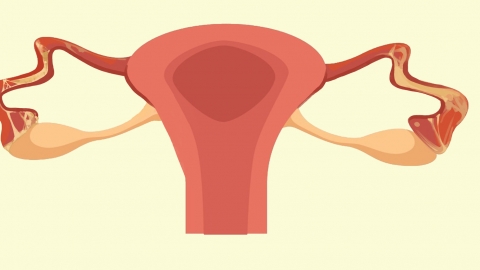Is the combined hysteroscopy and laparoscopy a major surgery?
In general, a combined hysteroscopy and laparoscopy procedure is usually not considered a major surgery when used to treat mild conditions, involving simple operations and quick postoperative recovery; however, if it addresses complex conditions, involves technically challenging procedures, and requires prolonged recovery, it may be classified as a major surgery. If in doubt, it is recommended to consult a healthcare provider in advance. Detailed analysis is as follows:

When the combined hysteroscopy and laparoscopy is used to treat mild conditions such as mild tubal obstruction, removal of small uterine polyps, or separation of minor endometrial adhesions, the surgical process is straightforward, short in duration, and causes minimal tissue trauma. Patients typically only require brief postoperative observation before getting out of bed, and the risk of complications is low. In such cases, the procedure is generally not considered a major surgery and has minimal impact on daily life.
However, when the combined procedure is used for complex conditions such as removal of large uterine fibroids, treatment of severe intrauterine adhesions, excision of large ovarian cysts, or resection of a uterine septum, the operation requires meticulous handling of complex pelvic anatomy, takes longer to perform, demands high surgical expertise, and carries a higher risk of postoperative complications such as bleeding or infection. Additionally, a prolonged recovery period is often needed. In these cases, the procedure is typically considered a major surgery.
Prior to undergoing a combined hysteroscopy and laparoscopy, a comprehensive physical evaluation should be completed to assess surgical complexity. Preoperative preparations should be carried out according to medical instructions, and postoperative care should include careful wound management and avoidance of strenuous activities.









